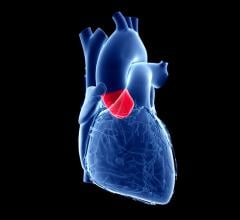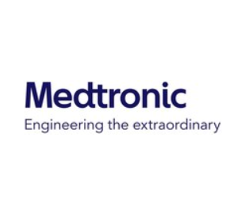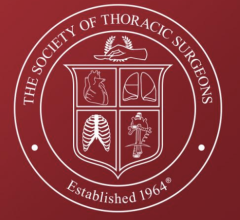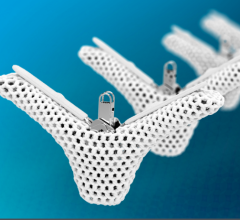After several years of trials and increasing clinical use, transcatheter aortic valve replacement (TAVR) has reached a tipping point. It is quickly becoming the standard of care for ill patients suffering from aortic valve stenosis who are not eligible for open heart surgery. Implemented successfully, TAVR procedures improve outcomes and quality of life for patients while reducing costs for hospitals.
To get different clinical disciplines working together, PinnacleHealth created a “heart team” that connects the knowledge base of cardiologists and interventionalists with the expertise of surgeons. As the team worked together and continued to become more familiar with each other and the procedure, the results naturally improved. A by-product of the team’s success was that procedure volumes also increased as the team received more referrals.
For hospitals that are able to push the envelope and innovate with cutting-edge treatments like TAVR, the economic benefits today can be attainable and quantified.
“When TAVR was in its infancy, we developed the relationship between the surgical and percutaneous expertise of our clinicians,” said Brijeshwar Maini, M.D., director of advanced cardiac and endovascular interventional laboratory, director of cardiovascular research and education and medical director of the PinnacleHealth CVI Valve Clinic. “This collaboration enabled us to explore innovative ways to improve patient outcomes with more efficiency.”
The Right Technology
For its imaging system, PinnacleHealth selected Toshiba’s Infinix-i cardiovascular system for its hybrid OR lab, providing the versatility needed for innovative procedures and dose management optimizing tools for longer procedures. The system offers a mechanical design to provide excellent access and coverage. Its flexible C-arm movement and high-resolution images at various angles enable physicians to conduct advanced TAVR procedures with maximum efficacy.
“The system’s flexible design streamlines procedures, allowing us to obtain a wide range of imaging angles without repositioning the patient,” Maini said. “The Infinix-i, combined with the OR table, produces a hybrid lab that is ready for today’s exams and tomorrow’s innovations.”
State-of-the-art 3mensio and CAAS software are also integrated into the system, making TAVR planning and real-time deployment even more accurate and efficient.
As one of the finest TAVR programs available today, PinnacleHealth has leveraged its heart team approach and the latest technology to achieve fewer readmissions and lower costs.
The Business Case for TAVR
There is often a misconception that newer procedures are more expensive and result in a greater burden for the healthcare system. For TAVR programs, the opposite is true, as these procedures can help reduce readmissions of heart failure patients who are the sickest and most vulnerable to long medical stays.
“For hospitals that are able to push the envelope and innovate with cutting-edge treatments like TAVR, the economic benefits are tangible and quantifiable,” Maini said.
The growth in TAVR procedures and the ability to conduct them with the latest in imaging technology is bringing less invasive, more efficient and lower cost treatments to both patients and healthcare providers.
Keys to Developing a Successful TAVR Program:
• Developing the Right Lab: The most important decision for a TAVR program is designing the right lab. Toshiba’s Infinix-i cardiovascular system provides unmatched flexibility in system design and configurations to meet clinicians’ needs to conduct these procedures with ease.
• Improving Patient Care: Combining long-term strategy and
collaborative planning with innovative, flexible technology can have
a very positive impact on patient care and results.
• Economic Upside: TAVR programs can help reduce readmissions of heart failure patients. Implemented and managed well, a TAVR program should save hospitals money.



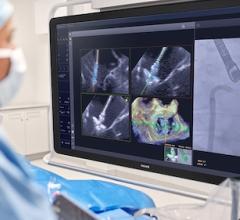
 November 17, 2025
November 17, 2025 
